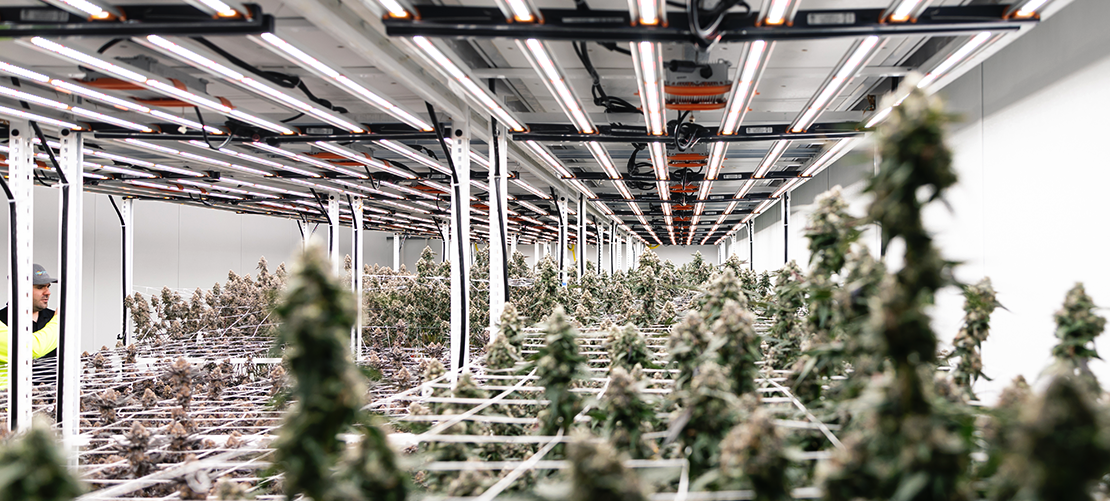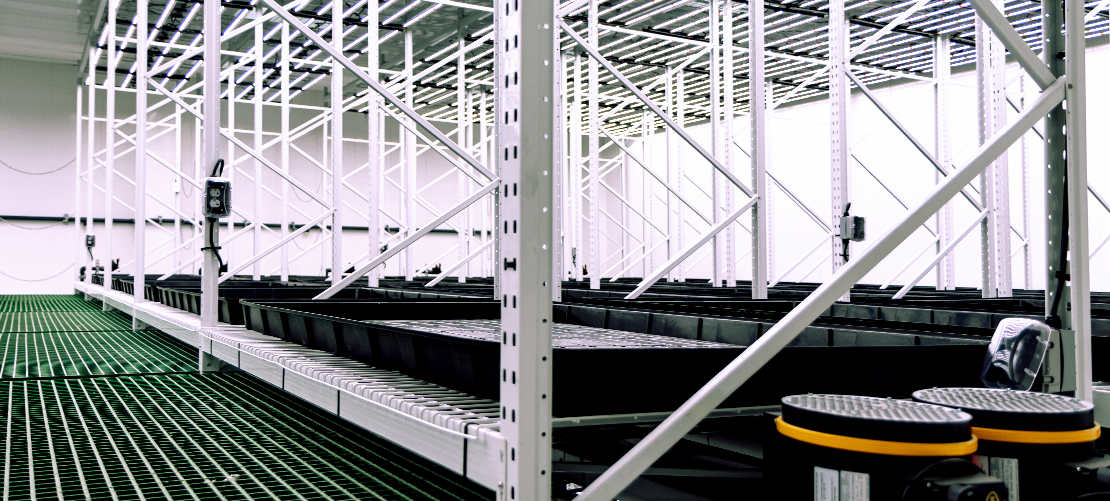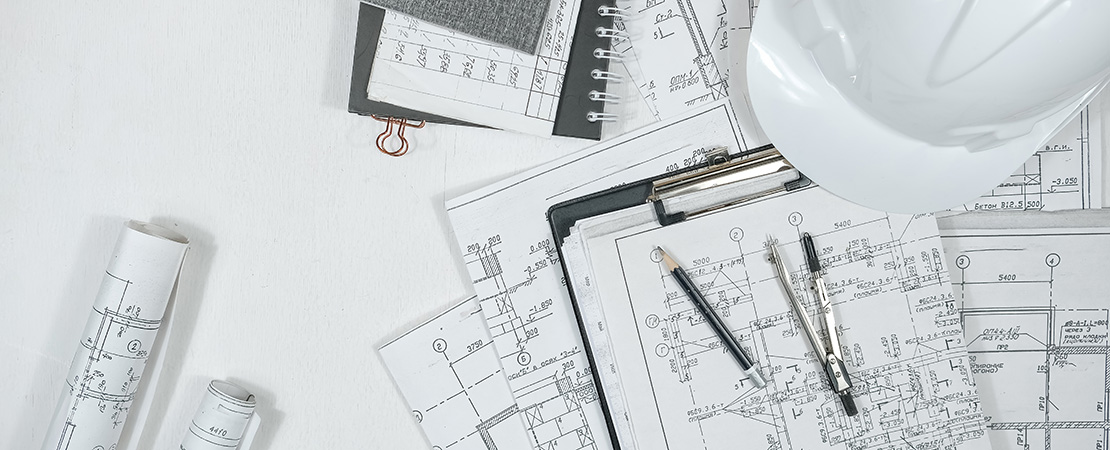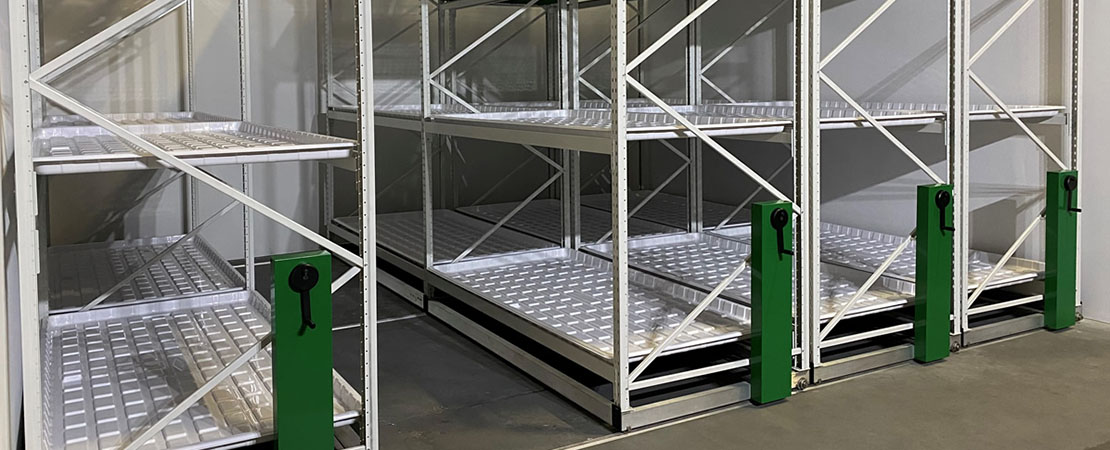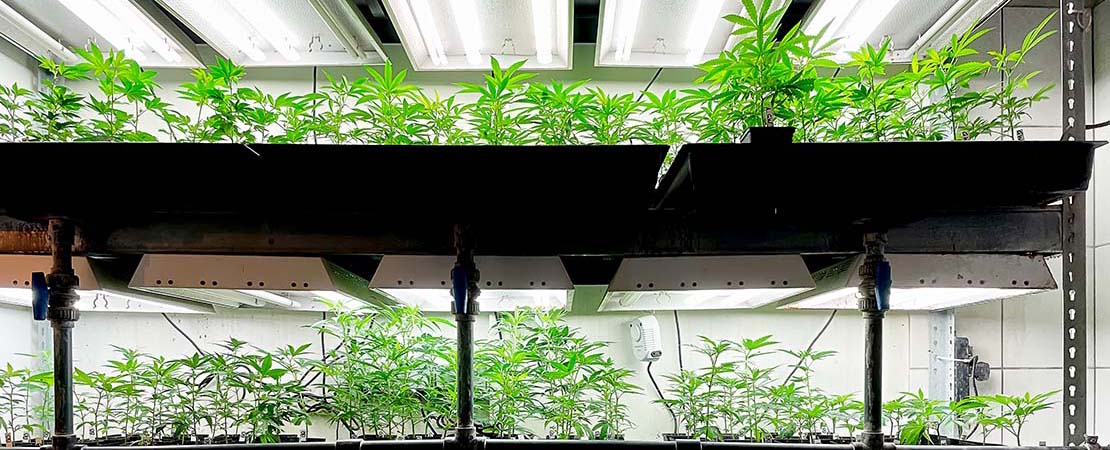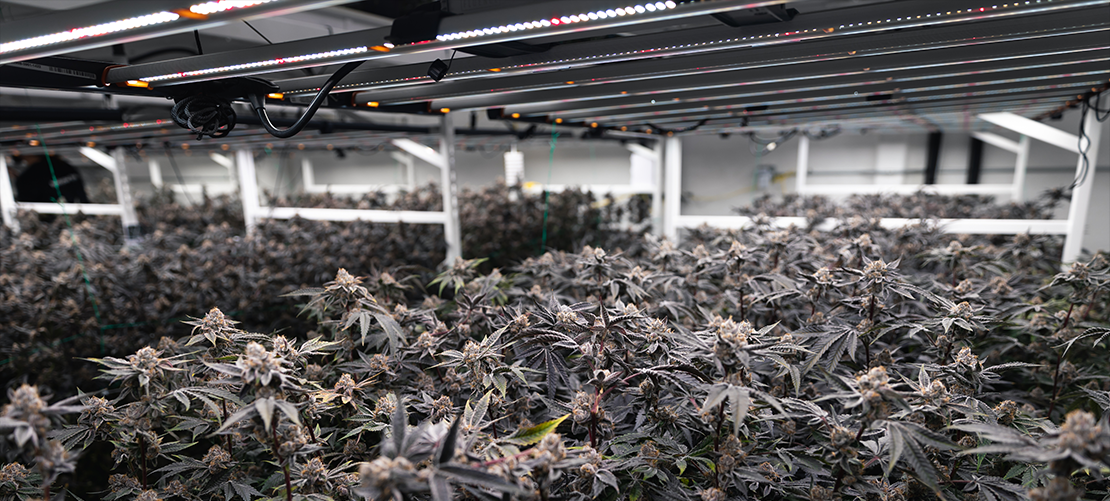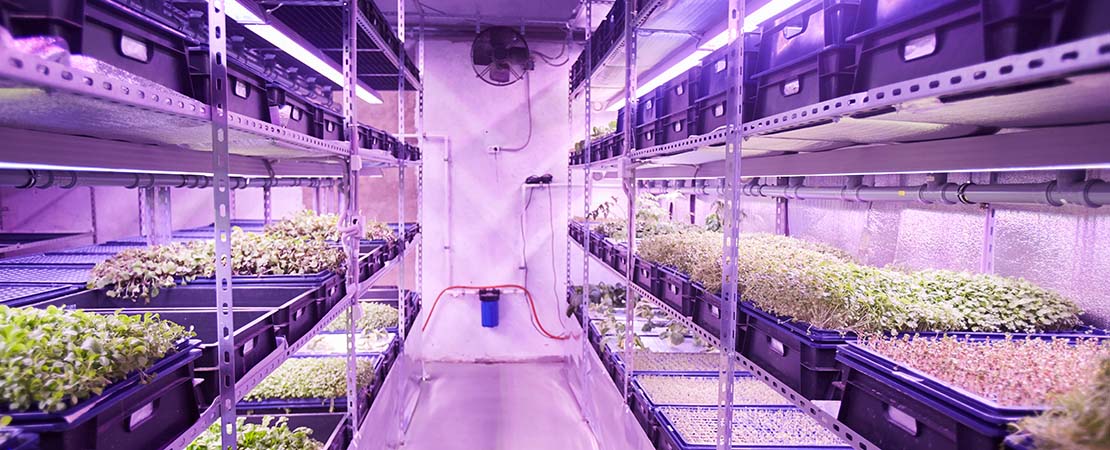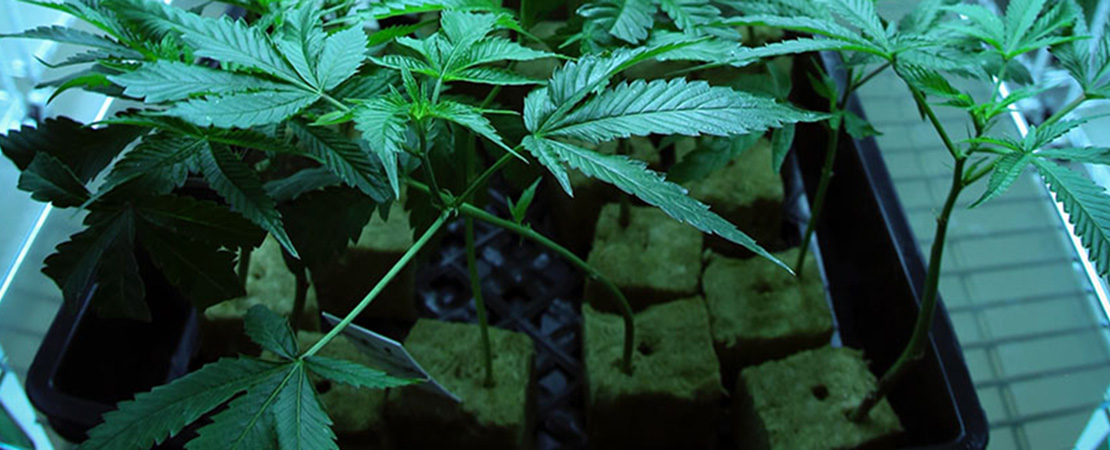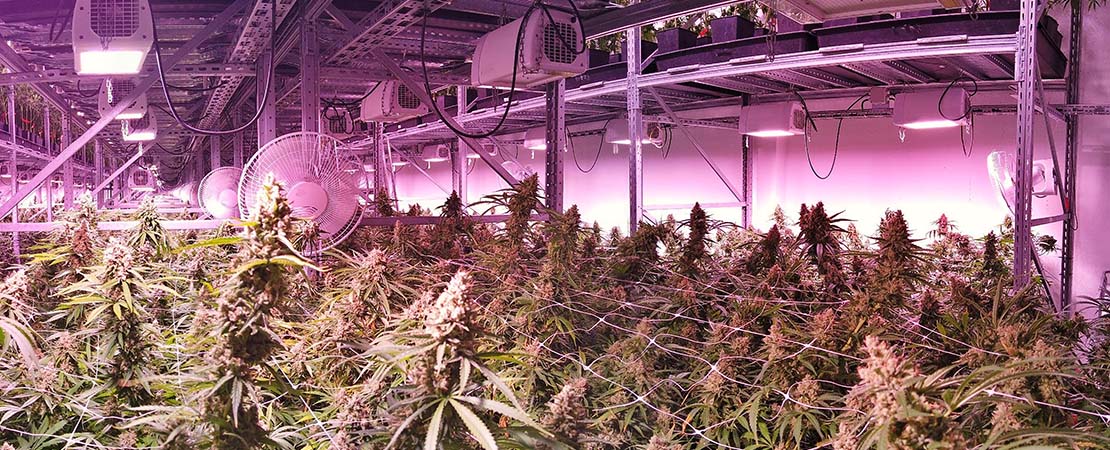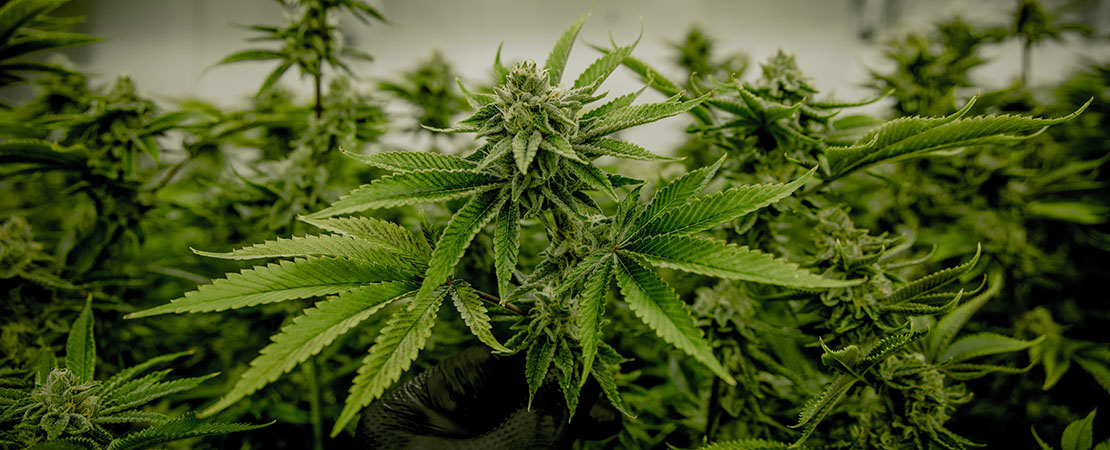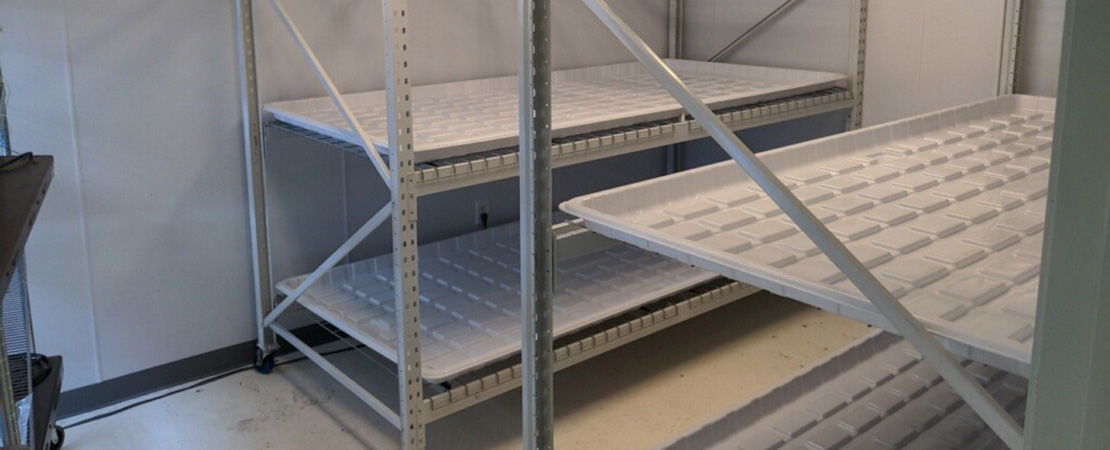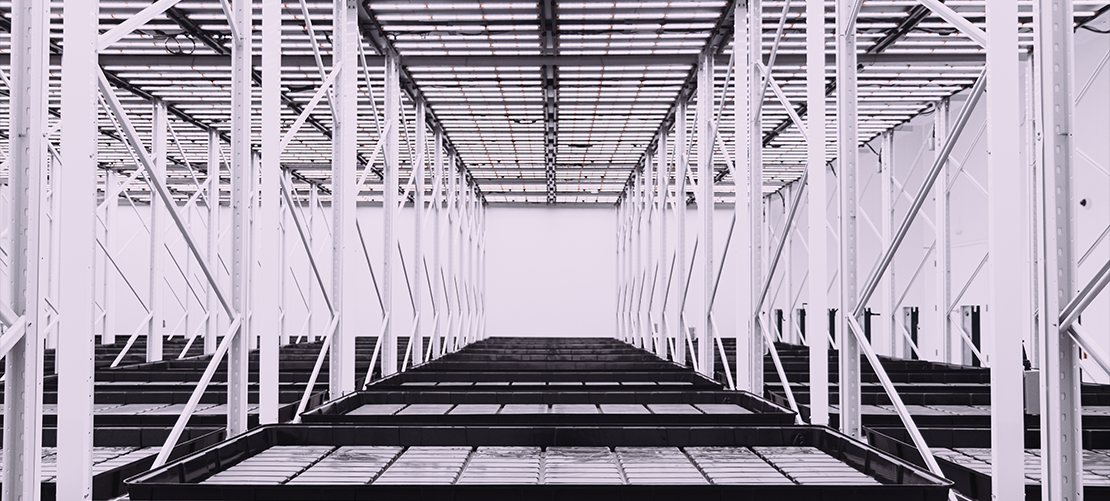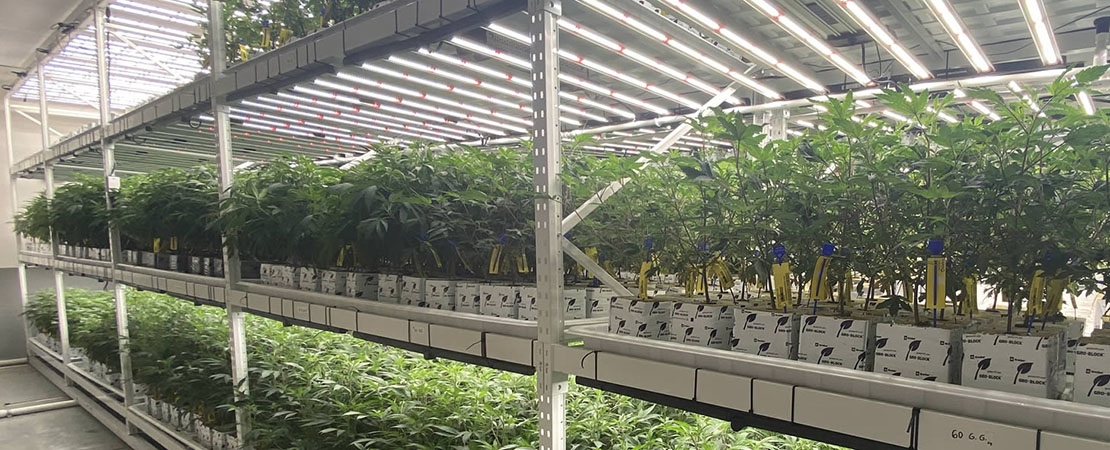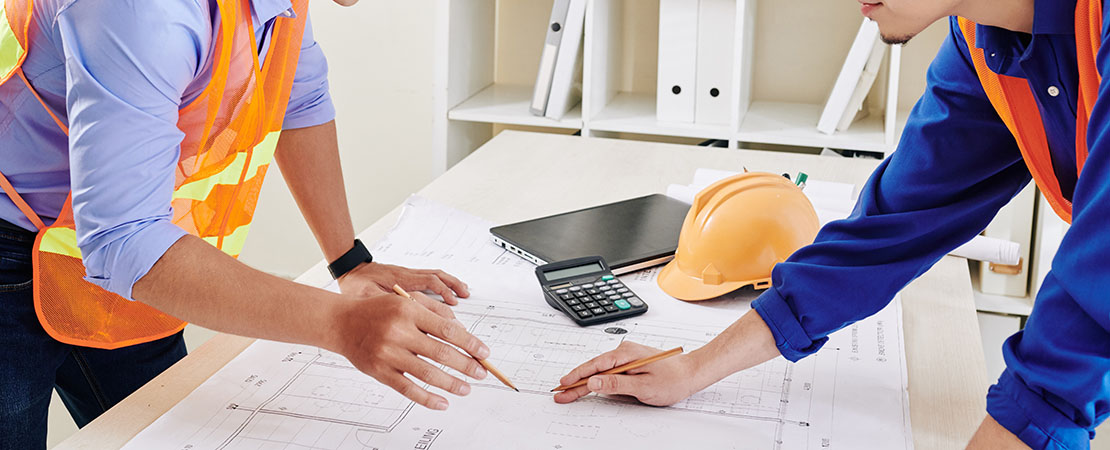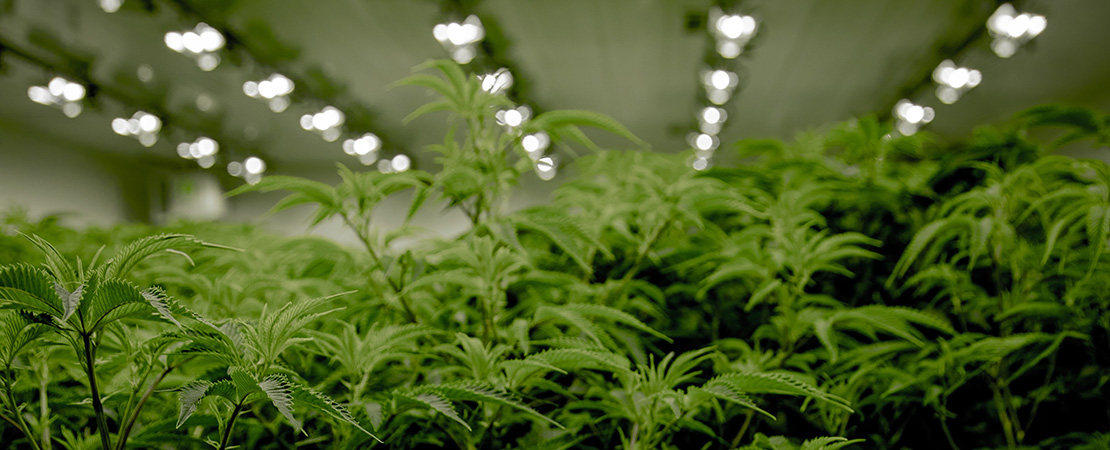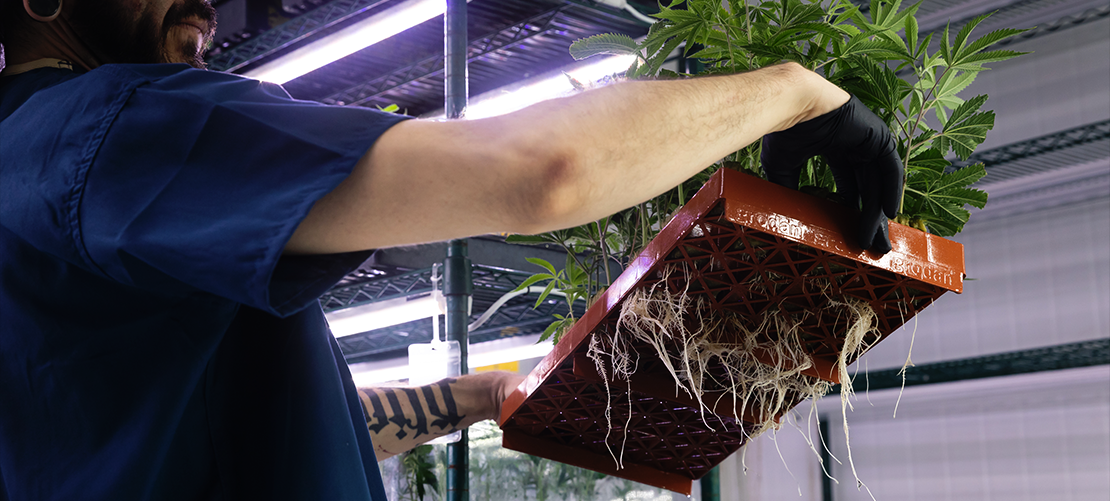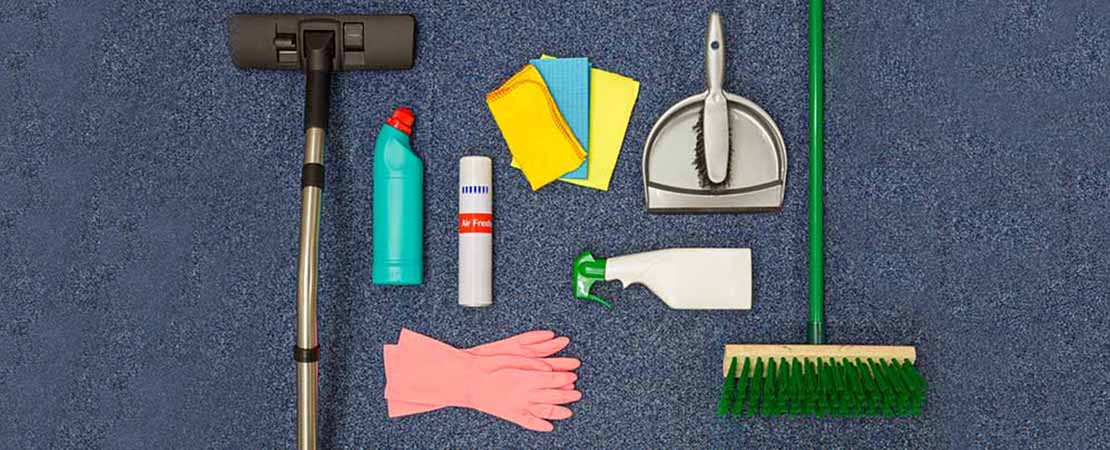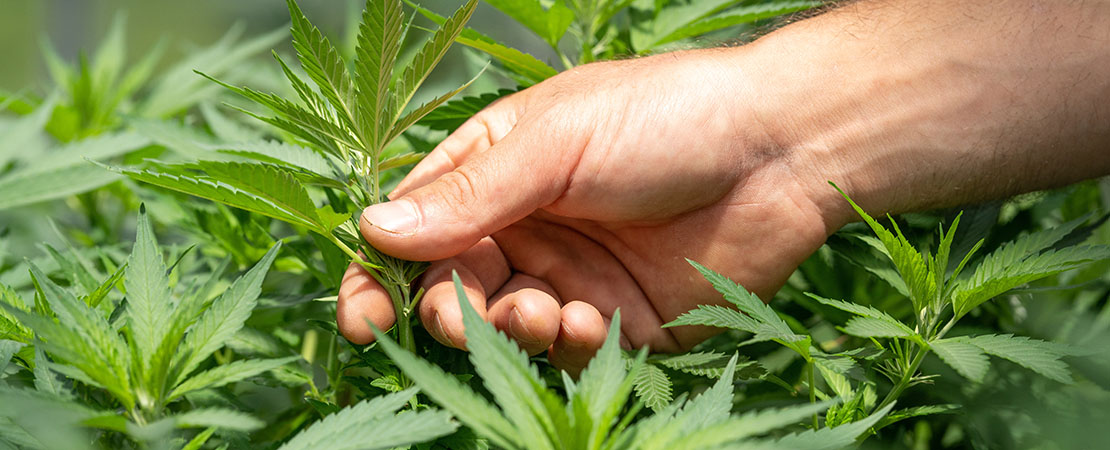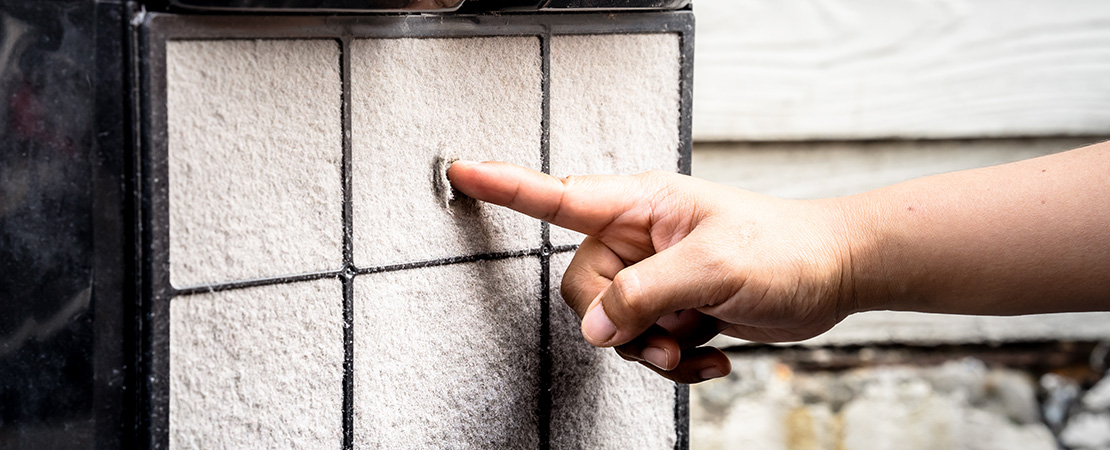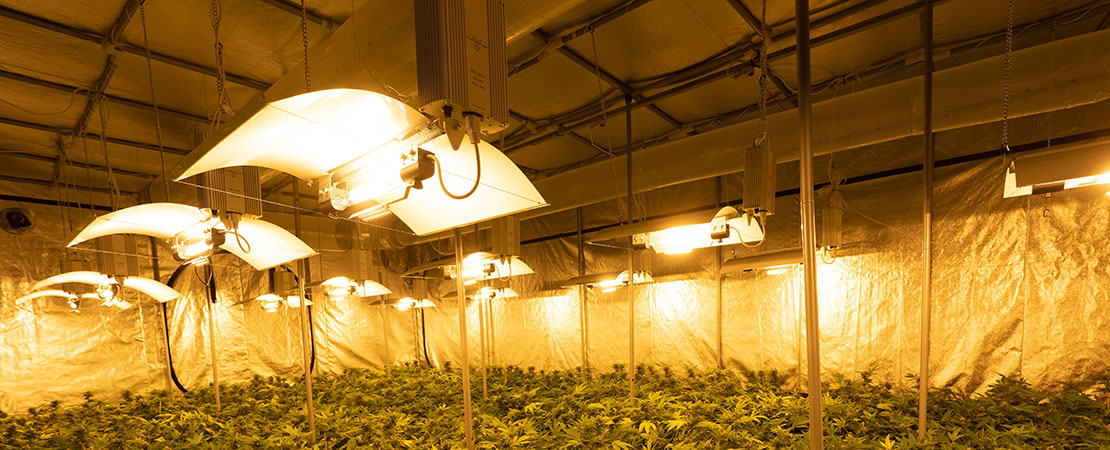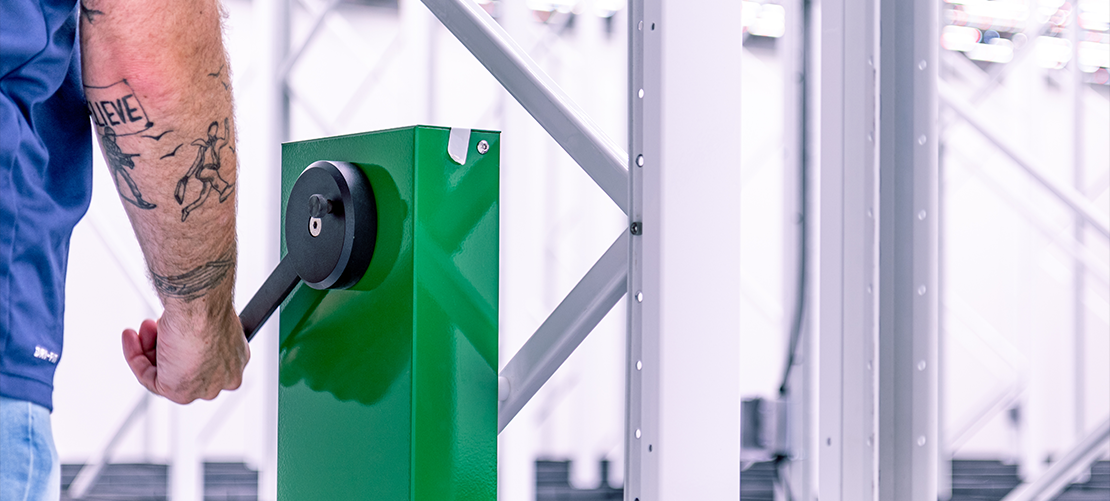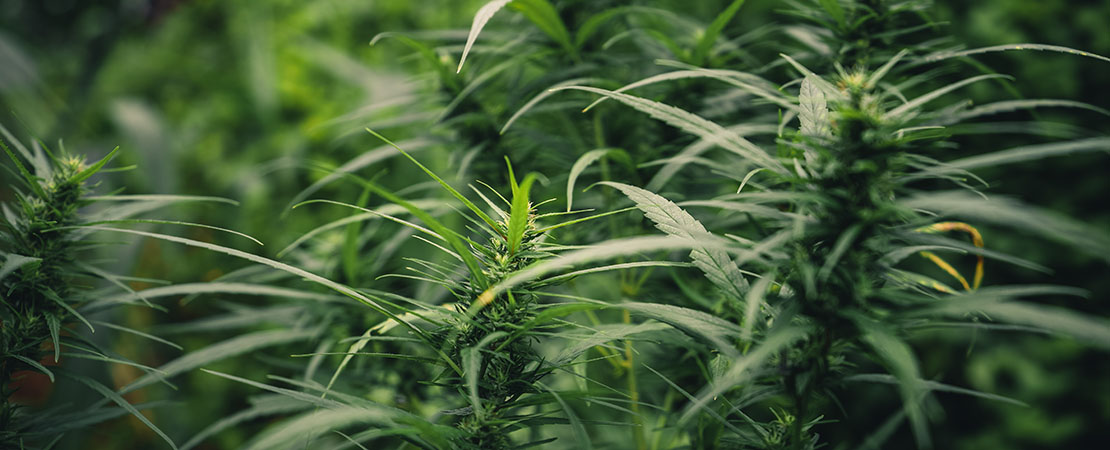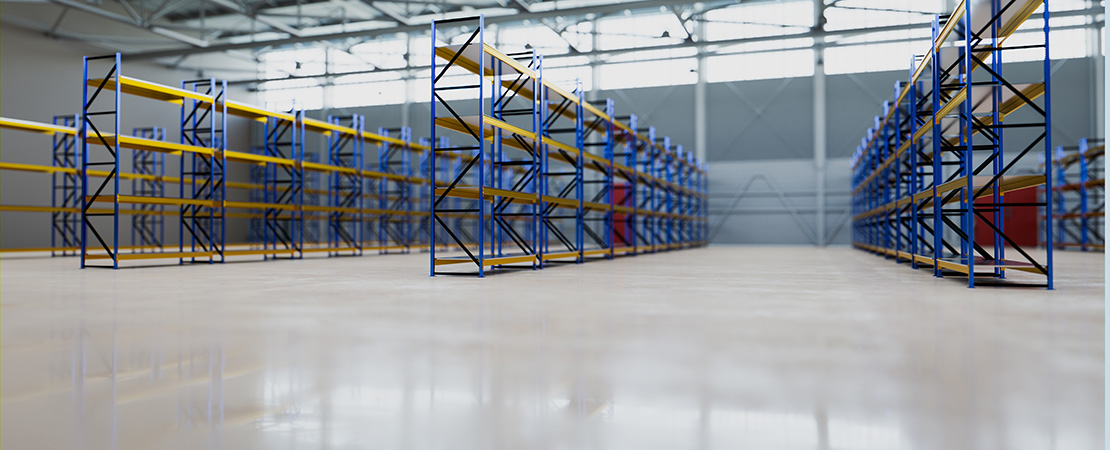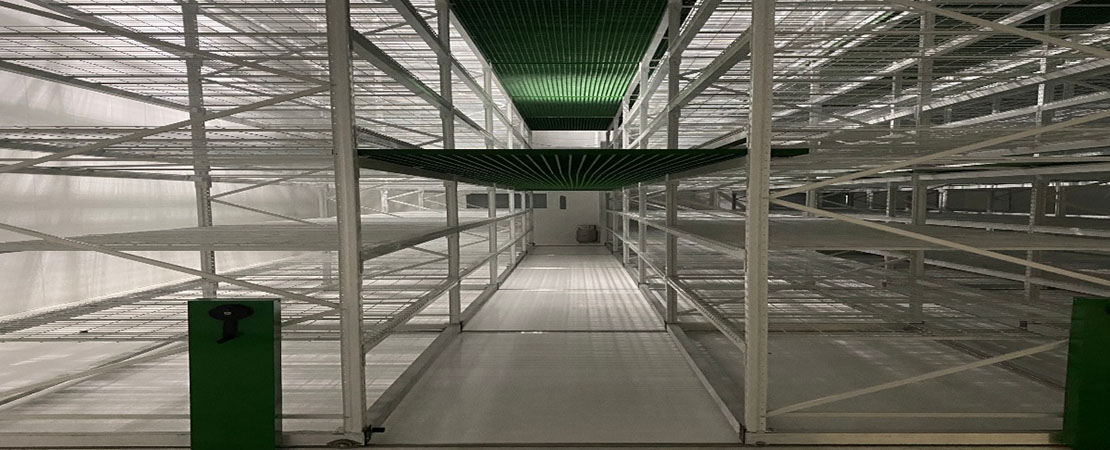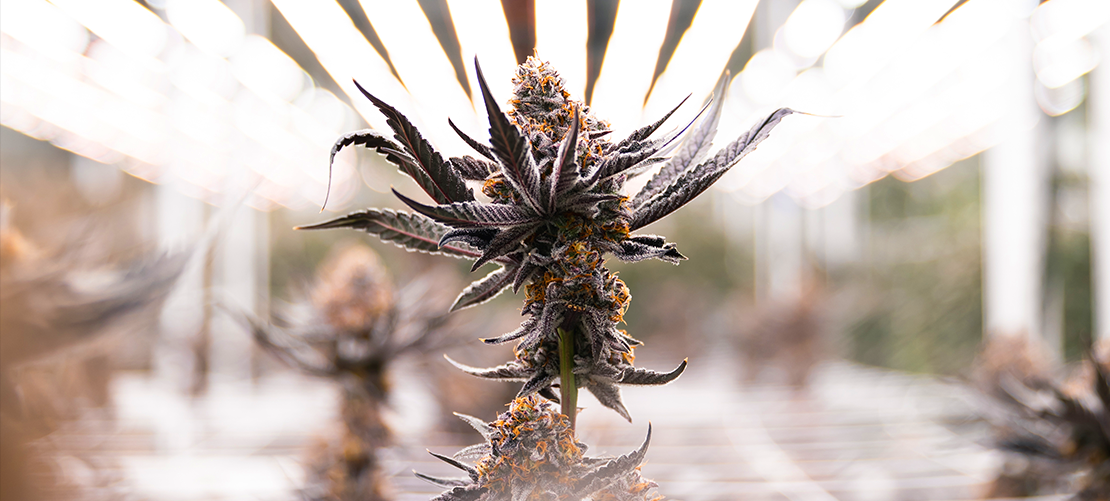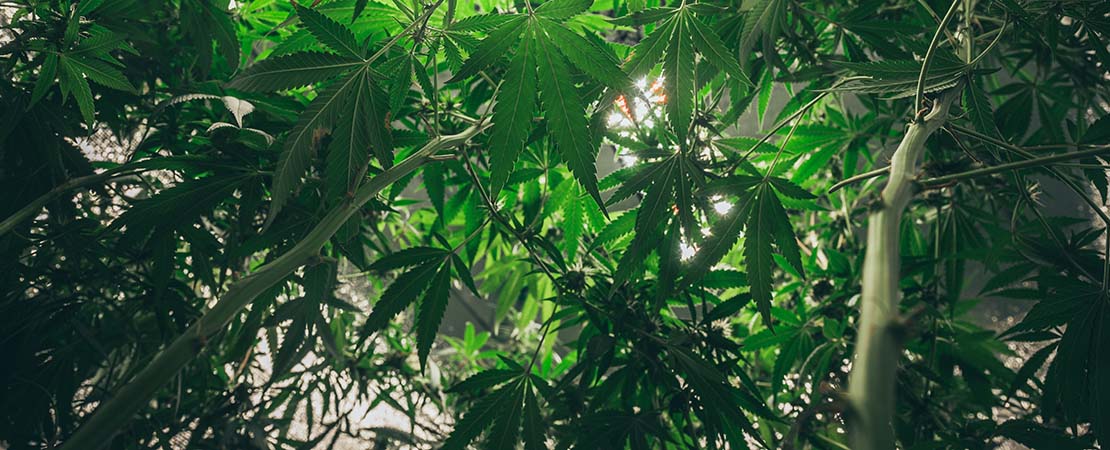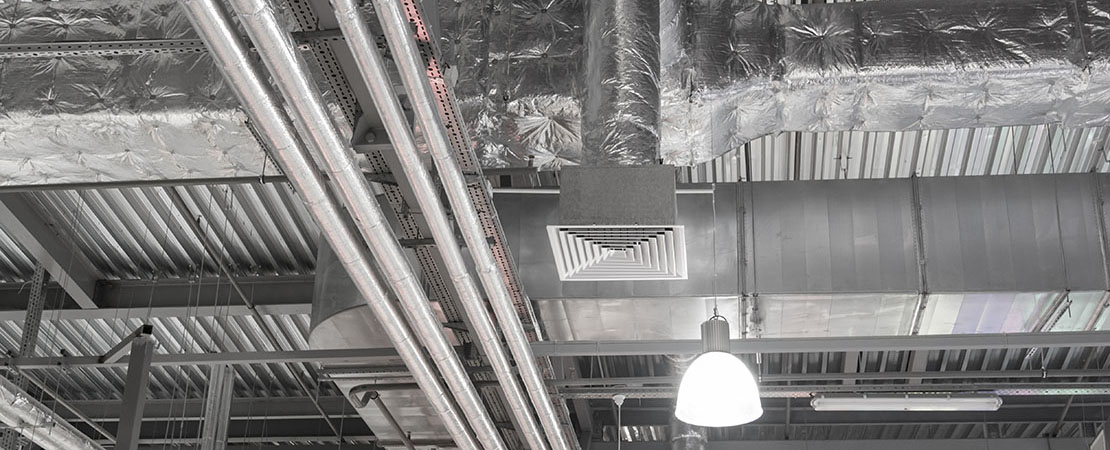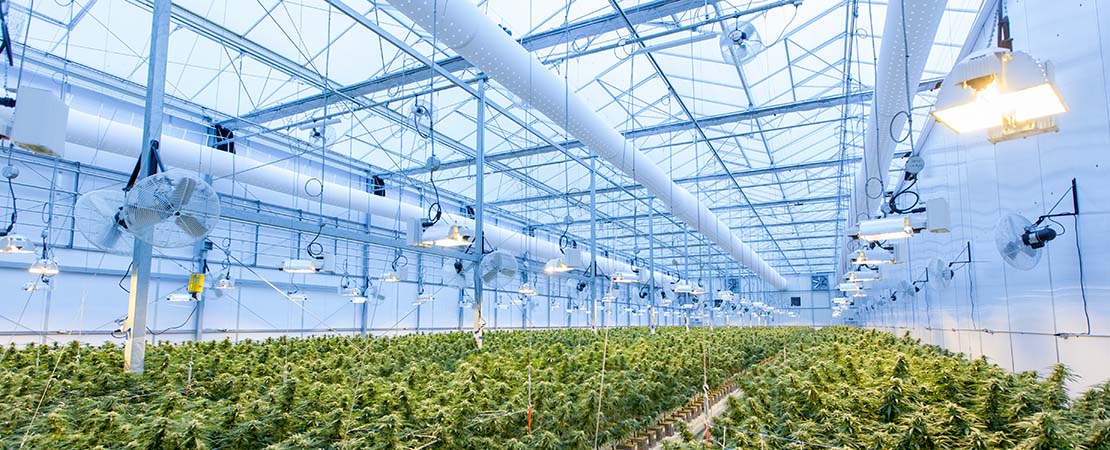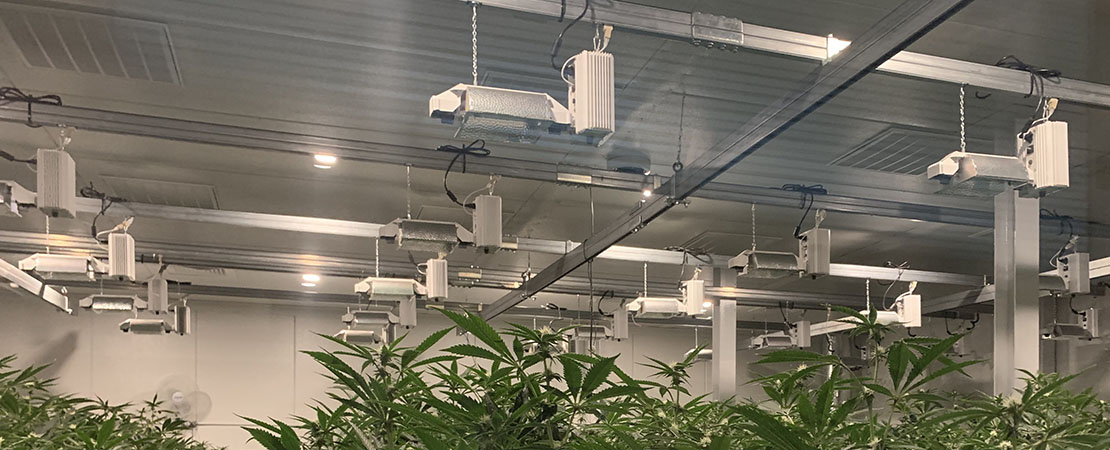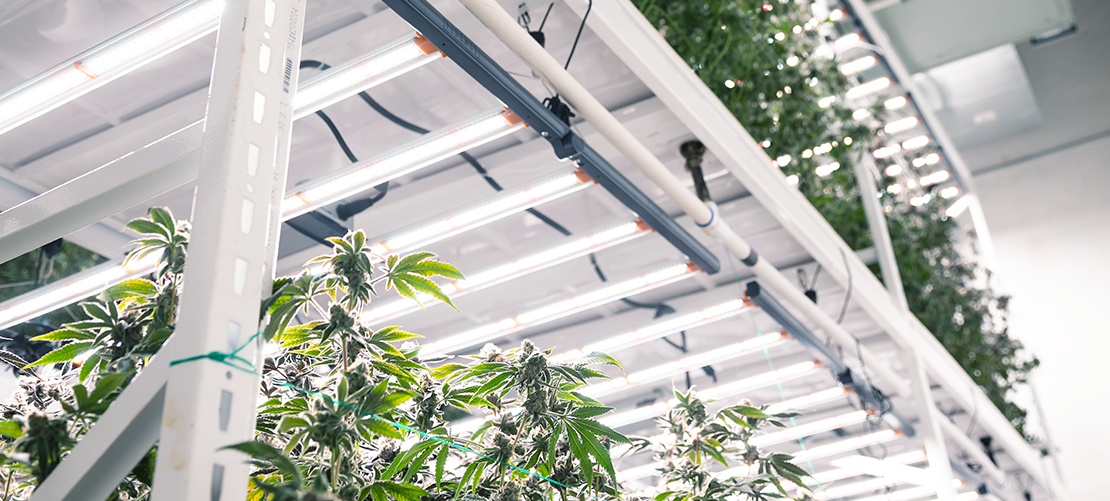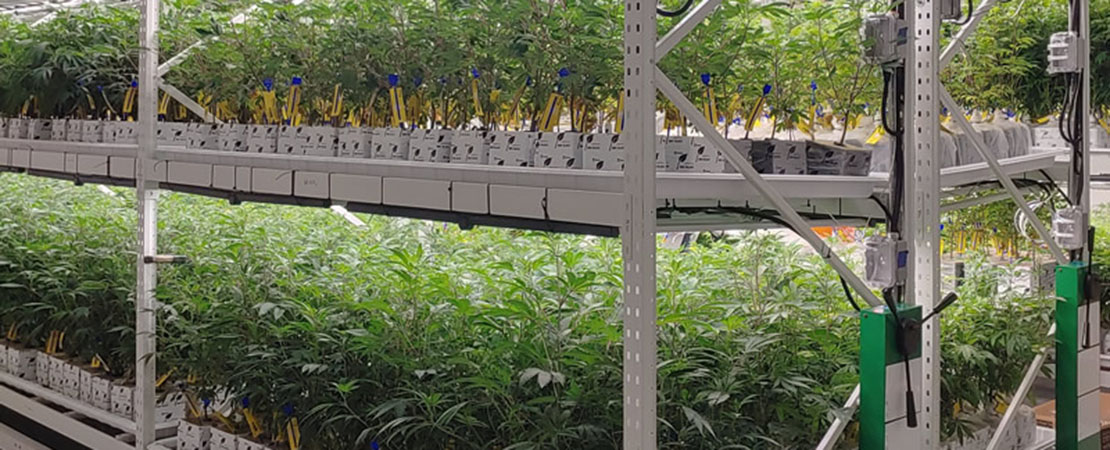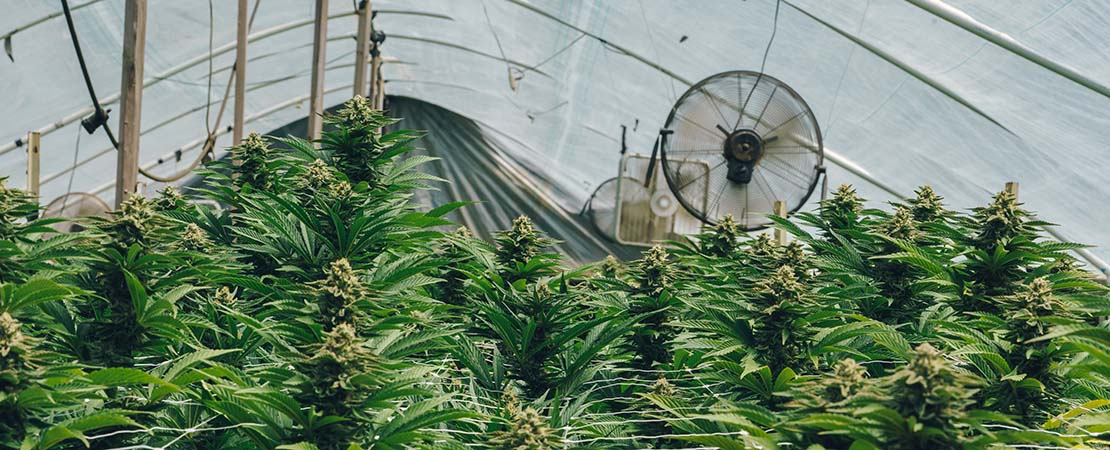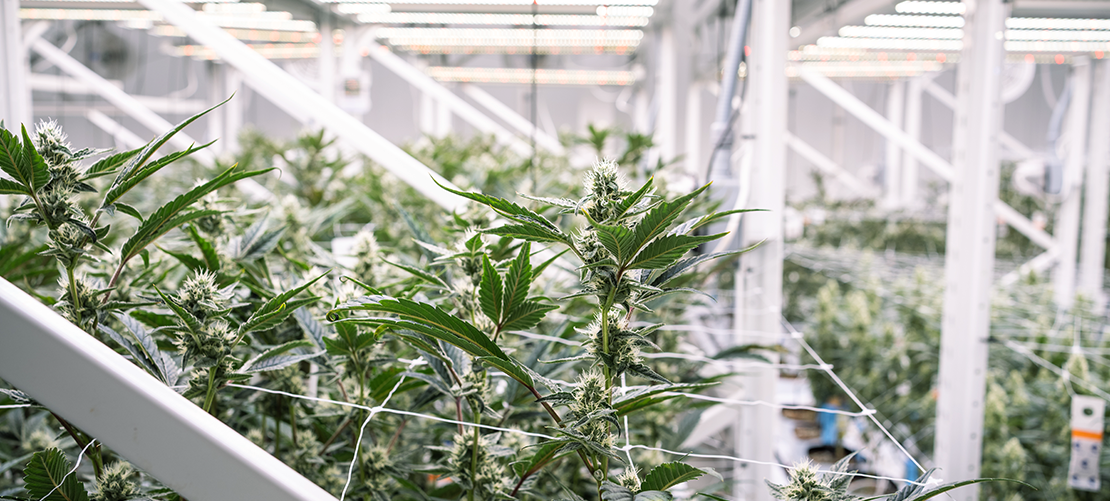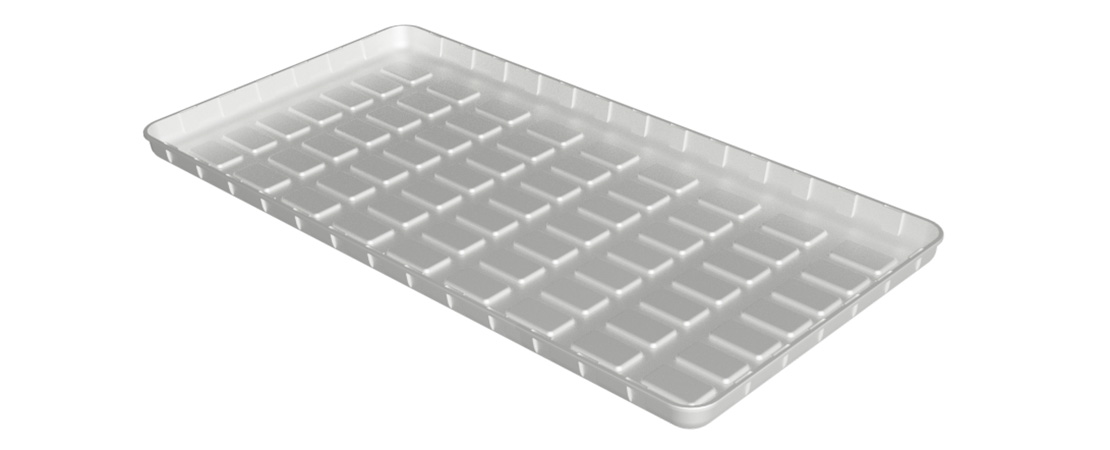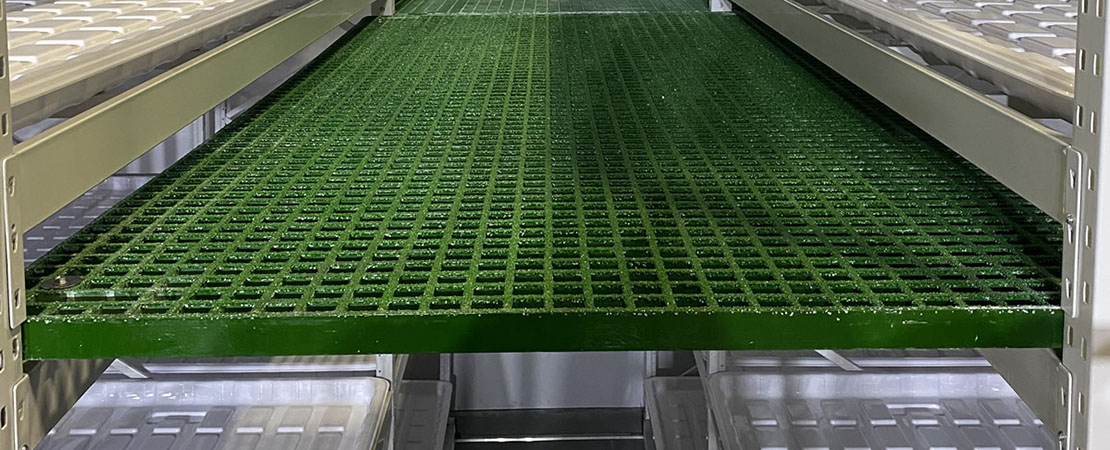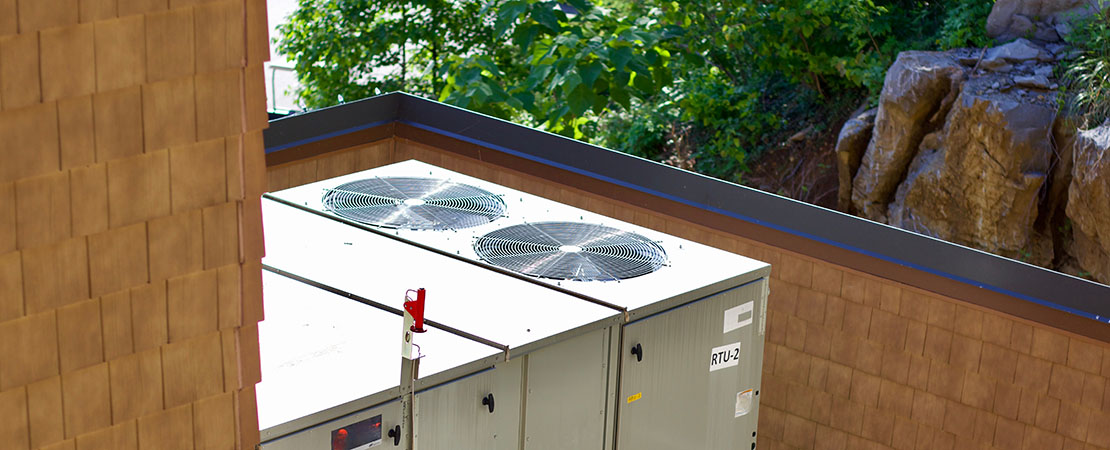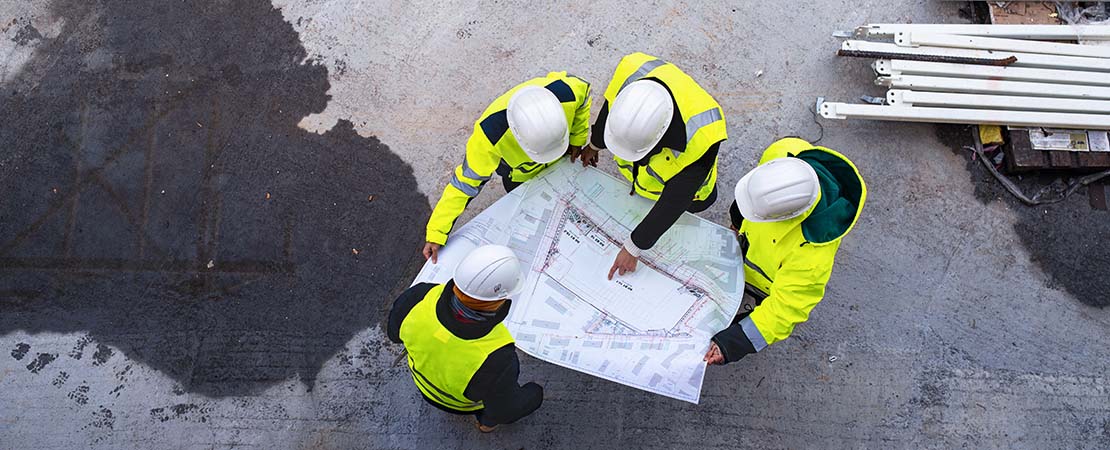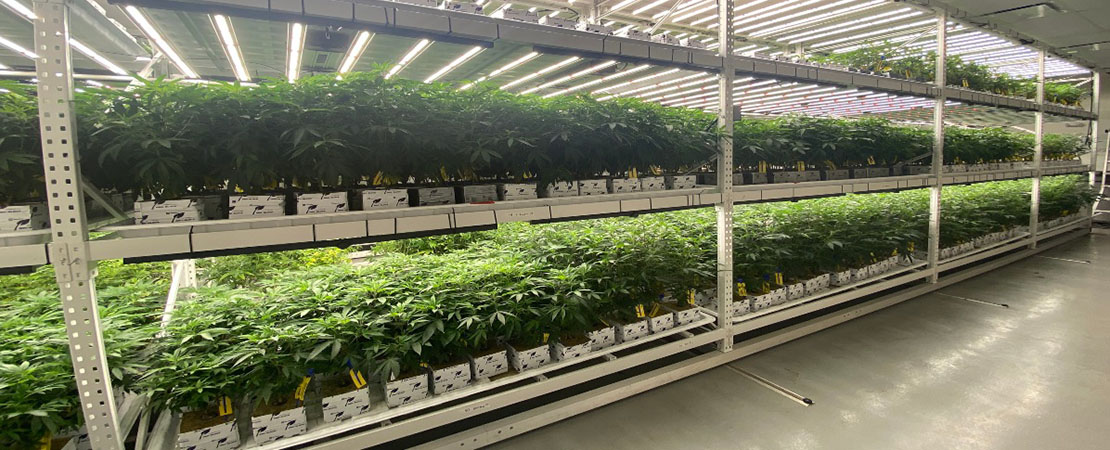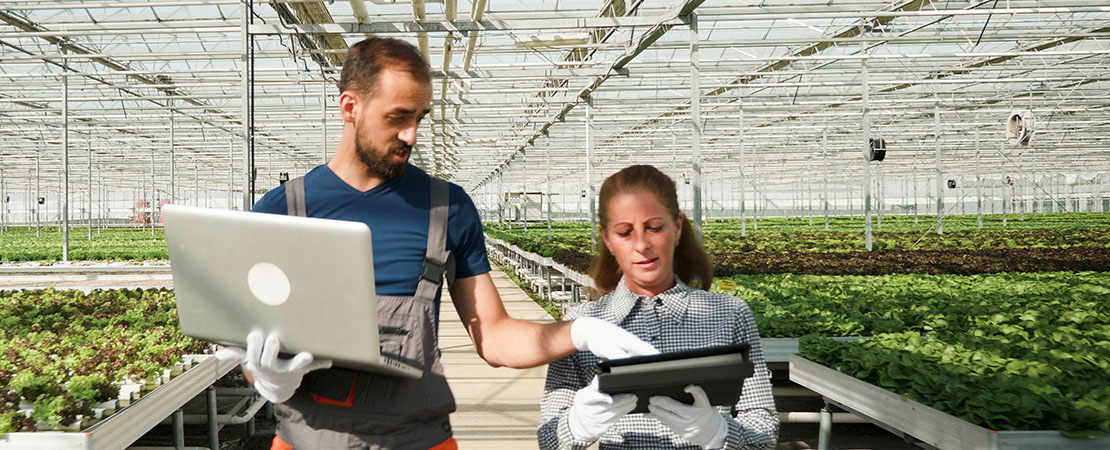Top Tips For Setting Up A Commercial Grow Room For Cannabis
It’s no secret that the cannabis industry is thriving, with markets like Washington state seeing total sales of up to $2 billion since recreational cannabis was legalized in 2014. At the backbone of this industry is cannabis cultivation, where you need to get your figures right when establishing your commercial grow setup.
Indoor cannabis farming is a prominent part of the cultivation industry. This type of cultivation has major advantages as well as challenges in setting up and running.
A key factor to ensuring the smooth running cannabis indoor grow op is having your commercial grow setup meticulously planned.
Lighting, HVAC, irrigation, and cultivation systems are part of your commercial grow setup. Also, consider your floor space and the plant varieties you want to grow. All these elements contribute to your indoor grow setup, and strategically implementing them puts you on the road to success.
So, how do you design a profitable cannabis commercial grow setup?
5 Expert Tips For Profitable Cannabis Grow Room Setup
What do you need for the perfect cannabis grow setup?
1. Purchase The Right Vertical Equipment For Your Cannabis Grow Setup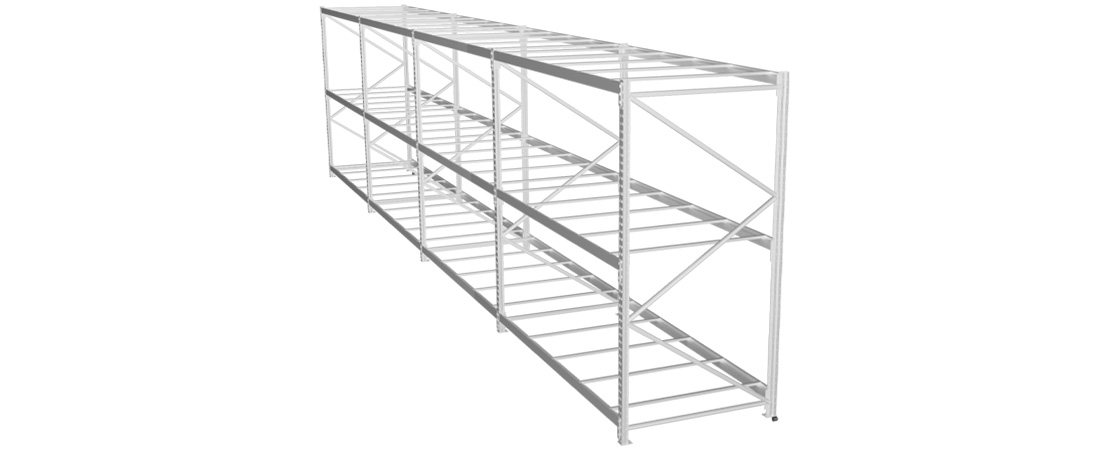
You can’t say you are starting a cannabis commercial indoor grow room without having uprights in your space.
Uprights, also known as vertical growing systems, are vertically stacked layers where you can grow and manage your cannabis canopies. They are available in various forms, such as vertical grow racks and mobile carriages.
Vertical grow racks are important for your commercial grow setup as they allow you to utilize the overhead space, increasing your acreage over every square foot of your repurposed warehouse, skyscraper, or even a shipping container.
Vertical systems come in various materials such as wood and steel. They both serve the purpose, but steel structures are preferred due to their sturdiness, ability to withstand damage and lower likelihood of harboring diseases and pests.
Another key advantage of using vertical systems is that they help save on water, utilizing 95% less water than traditional cultivation systems.
On the other hand, mobile carriages add versatility to your commercial grow setup because they not only hold more cannabis canopies but also help maximize your floor space. They aid in the elimination of static aisles. If you want to access a system, you only need to create an aisle and tend to the plants.
2. Choose The Right Seeds/ Strain For Your Cannabis Grow Setup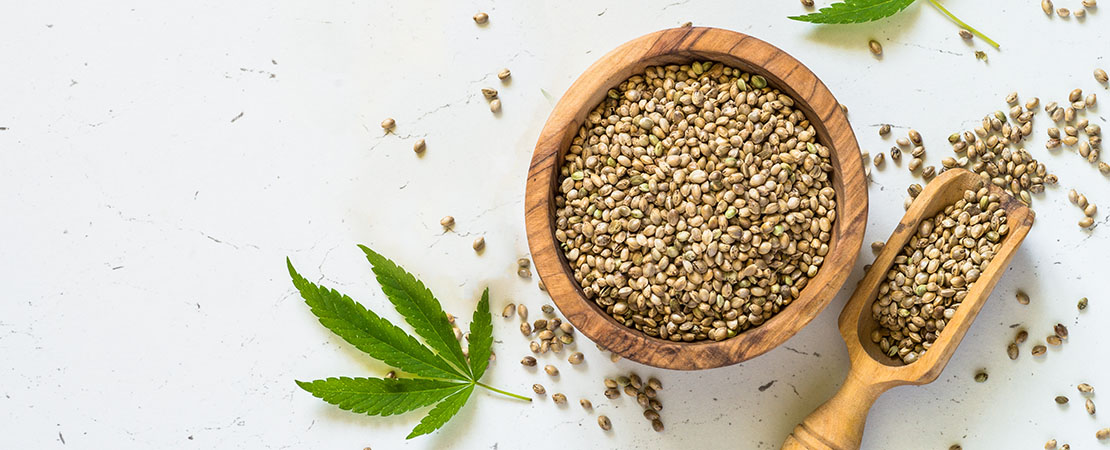
Every commercial grow setup may demand a different type of strain.
For example, suppose you are doing vertical farming. In that case, you may need a short cannabis strain to facilitate the multiple layers and allow spacing between the lighting and canopies for each tier.
However, because there is plenty of headroom in horizontal farms, you have more freedom to grow tall varieties.
Furthermore, auto-flowering seed varieties are recommended when starting an indoor commercial grow operation. These seeds have a quick turnover, fewer complications with managing light cycles, can fit in small spaces while remaining robust and resilient, and are an excellent choice for easily developing high-quality weed.
However, for more experienced growers, photoperiod feminized seeds are a suitable choice. These seed types demand the farmer to have basic cultivation knowledge and specialized grow equipment.
Regardless, they have various perks, including the ability to control the size and shape of the plants as well as their vegetative cycle. This means you can save on energy costs as they require less light than auto-flowering varieties during bloom.
It’s important to note that only female cannabis plants can produce potent bud-rich produce. Therefore it’s crucial to prevent pollen contamination and avoid having male seedlings in your grow space. Pollination compromises the bud quality of the female plants as they tend to form seeds affecting your yields.
3. Choose Good Lighting For Your Cannabis Grow Setup
In a cannabis commercial grow room, there are three primary types of grow lights: LED, HID, and Fluorescent grow lights.
Each grow light has its advantages and disadvantages, as well as a distinct purpose based on your needs.
High-intensity discharge (HID) lights have long been used in indoor growing. However, their popularity waned over time due to their excessive energy consumption and proclivity for scorching plants. They’re best, though, if your grow-op specializes in auto-flowering seed varieties.
Autoflowering cannabis plants have a fast growth cycle. Because of their high light intensity/potency, HIDs can handle their quick cycle. As a result, the potency of this grow light provides the necessary parameters for these plants during their brief existence.
On the other hand, we have LEDs. The low-emmiting diode (LED) grow lights bring in the dynamic slow-growing feminized seeds need. LEDs have grown in popularity due to their low energy consumption despite a high price point.
Feminized seeds take a longer time to get to the flowering stage; hence a grow light that can remain sustainable in the long growth cycle is key to a good commercial grow room setup design. LEDs, in this case, have low energy waste and won’t scorch your plants.
Fluorescent lights are not common in grow spaces. But they can be useful in supplementing other types of grow lights. Also, they can be used in small spaces like tabletop caster units, and due to their low heat, they can be positioned near the cannabis canopies.
4. Save On Your Cannabis Grow Setup Energy Costs 
Energy bills are responsible for the high production cost associated with cannabis indoor cultivation. The first step toward lowering your energy bills is to conduct an energy audit. This audit will help you figure out where you’re bleeding and what you need to do about it.
Incorporating an integrated climate control system that manages your HVAC, lighting, CO2, and irrigation is key to lowering energy costs.
Most growers have equipment run by separate controls; this introduces a great inefficiency as the different commercial indoor grow systems don’t communicate.
You can resolve these inefficiencies through automation. Automation helps stagger your equipment avoiding energy spikes. Equipment staggering means having your commercial grow systems like HVAC and humidifiers turn on at different times.
For example, if you have five units, instead of having all of them on simultaneously (causing an energy spike that can peak your energy bill), turn them on one at a time to lower the grow room temperature gradually.
Insulating your grow room also allows you to keep the temperature stable for longer periods without having to use your air conditioning.
The foundation of good ventilation is making sure the commercial indoor grow systems are in optimal working condition. This is as ascertained by good maintenance of your commercial indoor growing systems.
5. Partner With A Good Commercial Indoor Grow Systems Installation Company
Experts are needed to construct the best commercial grow setup, whether it’s for your HVAC, lighting, vertical system, or irrigation system.
When it comes to vertical farming systems, MMI Agriculture has the experience and equipment to get you started or transition into vertical farming systems.
We get you started with a free floor plan/drawing that ensures you get the most of your grow room space.
Furthermore, if you require a capacity assessment to provide a mental picture that streamlines your expectations for predicted yields with vertical systems, please contact us.
Finally, we provide and install our unique vertical systems, designed to be functional and long-lasting.
Get Started On Creating The Ideal Cannabis Grow Room Setup
When creating the ideal cannabis grow room setup, you need to know the right equipment to purchase and have a monitoring system that ensures you keep costs low and profits high.
At MMI Agriculture, we provide you with reliable and durable vertical farming equipment backed with a 10-year warranty on the systems and installation service.
Contact us today for a quote.

